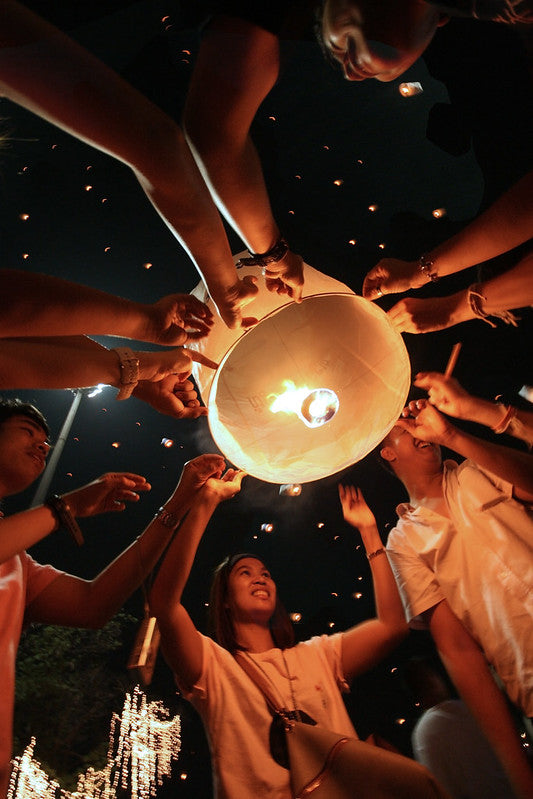
Different Ways of Celebrating Dad
Let’s face it: when it comes to parental holidays, Father’s Day plays second fiddle to celebrations for moms. But that doesn’t make it any less important. The same can be said for many countries through Asia, some of which have their own paternal twist. Here are eight things you might not know about Father’s Day traditions throughout Asia.
Many Asian countries also celebrate the third Sunday in June
Perhaps following Western practice, many countries throughout Asia celebrate papa the third Sunday in June, namely Hong Kong, India, Malaysia, Pakistan, the Philippines, Singapore, and Sri Lanka.
It was popular in China for a hot second
As in the U.S., those who recognize Father’s Day in China do so every third Sunday in June. However, the day isn’t as well known as it was in the past. For a short time — from the late-1930s to the mid-1940s — pops were honored on August 8 or 8/8. Why? Because two eights in Chinese, ba ba, sound like the word for father.
Taiwan still likes fatherly puns
While the punny date of August 8 was dropped with the establishment of the People Republic of China, the tradition was carried across the Taiwan Strait to the yam-shaped island — where it’s still recognized to this day.
A new holiday for Mongolia
At least relatively so. Father’s Day was started by the Mongolian Men’s Association in 2005 to raise “awareness on the social role and family responsibilities of fathers.” As in Taiwan, it takes place on August 8 although it’s not clear why.
Japan is all about the beef
While the Japanese honor otosan the third Sunday in June, you won’t be as likely to spot ties, golf accessories, or gadgets amid the gifts. Children tend to give small presents of food or alcohol while more extravagant treats might include a deluxe beef like wagyu.
In South Korea, parents get a two-fer
The special day for mothers and fathers has come and gone in South Korea: both parents are celebrated every May 8.
A kingly day in Thailand
In Thailand, Father’s Day takes place December 5, the birthday of the country’s longest-reigning king, Bhumibol Adulyadej. Celebrants wear yellow since the color is associated with Monday, according to Thailand’s astrological traditions, the day on which the king was born. In addition, candles are often lit after sunset to honor the king and, by extension, all fathers, and the King’s Cup Super 8 muay thai tournament is held on this day. Some children might also give their fathers yellow canna flowers, a symbol of masculinity, although this practice seems less common nowadays.
A holy day in Nepal
In Nepal, fathers are lauded during a festival known as Kushe Aunsi, which translates as “the day to look at father’s face,” as well as Gokarna Aunsi, which means “cow-eared no moon night,” since some worshippers may also pay their respects to the god Shiva, often depicted with ears like a cow. Like many Chinese holidays, Kushe Aunsi follows the lunar calendar and therefore falls on a different Western day every year, usually in late August or early September.
On this day, adult children go home to visit with their fathers and show respect by giving dhog, or kneeling and bowing their heads to touch their father's feet. Afterward, the children present gifts of sweets, meat, and clothing.
For those whose fathers have passed away, the practice is to offer pinda, a kind of rice ball, at the Gokarna temple in Kathmandu, the capital of Nepal, and to donate food and money to the priests and poor.
Want to learn more? Check out how Mother’s Day is celebrated all over Asia.
[Image: A celebration in Thailand of the king's birthday, by Sippakorn Yamkasikorn, CC BY 3.0]
